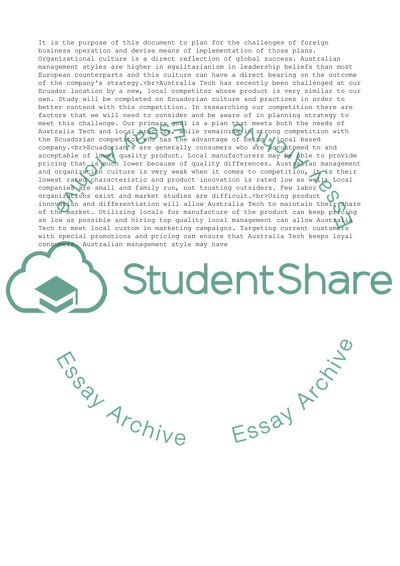Cite this document
(Business problem and decision making process Essay, n.d.)
Business problem and decision making process Essay. https://studentshare.org/business/1764263-business-problem-and-decision-making-process
Business problem and decision making process Essay. https://studentshare.org/business/1764263-business-problem-and-decision-making-process
(Business Problem and Decision Making Process Essay)
Business Problem and Decision Making Process Essay. https://studentshare.org/business/1764263-business-problem-and-decision-making-process.
Business Problem and Decision Making Process Essay. https://studentshare.org/business/1764263-business-problem-and-decision-making-process.
“Business Problem and Decision Making Process Essay”. https://studentshare.org/business/1764263-business-problem-and-decision-making-process.


